Books
Vera Kurian: a look back at The Talented Mr Ripley
Never Saw Me Coming author Vera Kurian takes a look at Patricia Highsmith's iconic novel on page and screen, exploring the character of Tom Ripley – one of the inspirations for her own thriller's charismatic and beautiful protagonist.
I first read Patricia Highsmith’s The Talented Mr Ripley last year and loved it for how drastically different it is from today’s thrillers. It’s been almost 70 years since its initial publication, but there is still much to be admired about it. For one, Highsmith’s incredibly clean prose—no frills, but not at the cost of psychological depth. In stark contrast to many of today’s psychological thrillers, where the point of view is deeply embedded, often claustrophobically so, in the head of a character who is constantly thinking and feeling and narrating to the reader, Highsmith’s Ripley novels are told at a cool distance. Only occasionally does she dip into Tom’s head, and sometimes what we find there is dark.
Similarly, Anthony Minghella’s film still holds up 20 years since its release. I realize I’m writing for a UK audience, so let me tell you that as an American, this movie—murders aside—comes across as a sun-drenched advertisement to vacation on the coast of Italy. What is most memorable other than the sunny vistas is what is possibly the best casting decision ever made: choosing Jude Law, a Brit, to play Dickie Greenleaf, an American. It was a role Law was born to play: so charming, so beautiful, so careless. You can empathize with Movie Tom becoming enamored with him, because who wouldn’t be?
Dickie’s murder in the film is presented more as Tom acting in the heat of the moment in response to a particularly cruel verbal attack. You get the sense that Tom wouldn’t have done it if Dickie had returned his romantic or sexual interest in him, or if Dickie hadn’t been so specifically humiliating during a boat ride which ends up a providing a convenient way of getting rid of Dickie’s body. The murder is quite different in the book: the pair take an awkward trip after Tom has already fallen out of Dickie’s favor. Tom thinks about killing Dickie and admits that it’s not the first time he’s thought of doing so and, in the middle of his stream of thoughts as to why this would be Dickie’s fault, he gets a sudden idea that seems to excite him: he could become Dickie Greenleaf, he could take everything that is his. From this point on, he shifts to planning and scheming, something he does adeptly and perhaps with some pleasure. Both the film and the book highlight Tom’s attraction to Dickie, but the novel is more opaque about it, and Jude Law’s Dickie directly confronts what is mostly unspoken in Highsmith’s original text.
Perhaps the filmmakers thought that their central character Tom had to be more sympathetic, turning him into more of a tragic figure. One who is forced to kill Peter, an attractive young man who does take a liking to Tom. The film’s Tom is one sad ‘if only’ after another, while the novel had no Peter, just Tom managing to trick everyone into believing that Dickie named him the sole inheritor of his estate. Banks and parents must have been more gullible back then; a modern Tom Ripley would have more technology to contend with: passports with microchips, cell phones with geolocation, and two-factor authentication. Somehow, I think he would have been able to swing it.
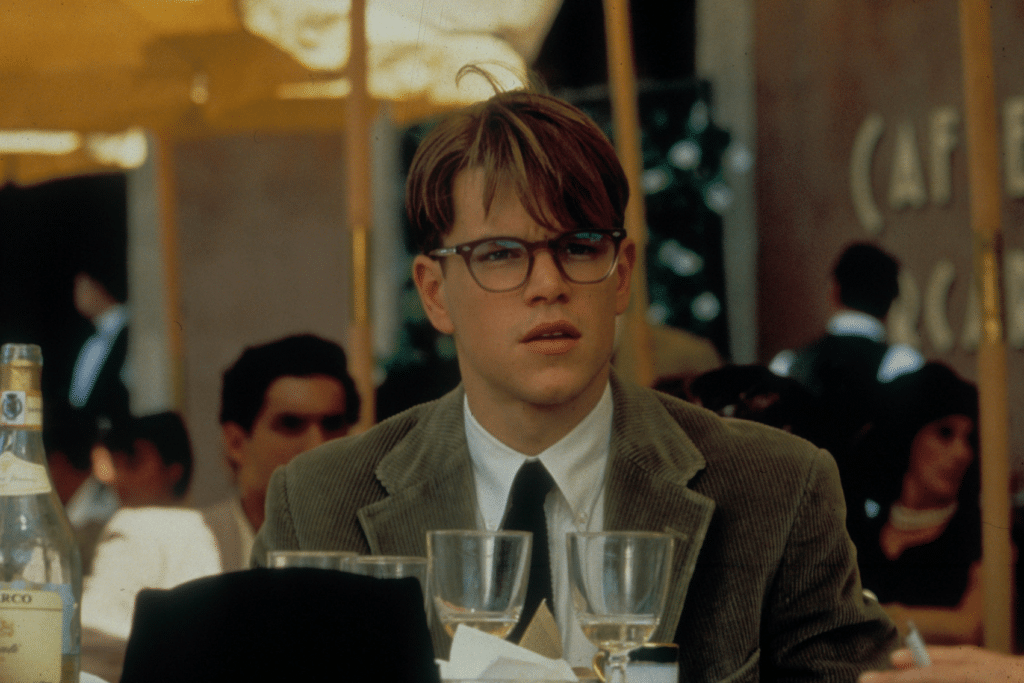

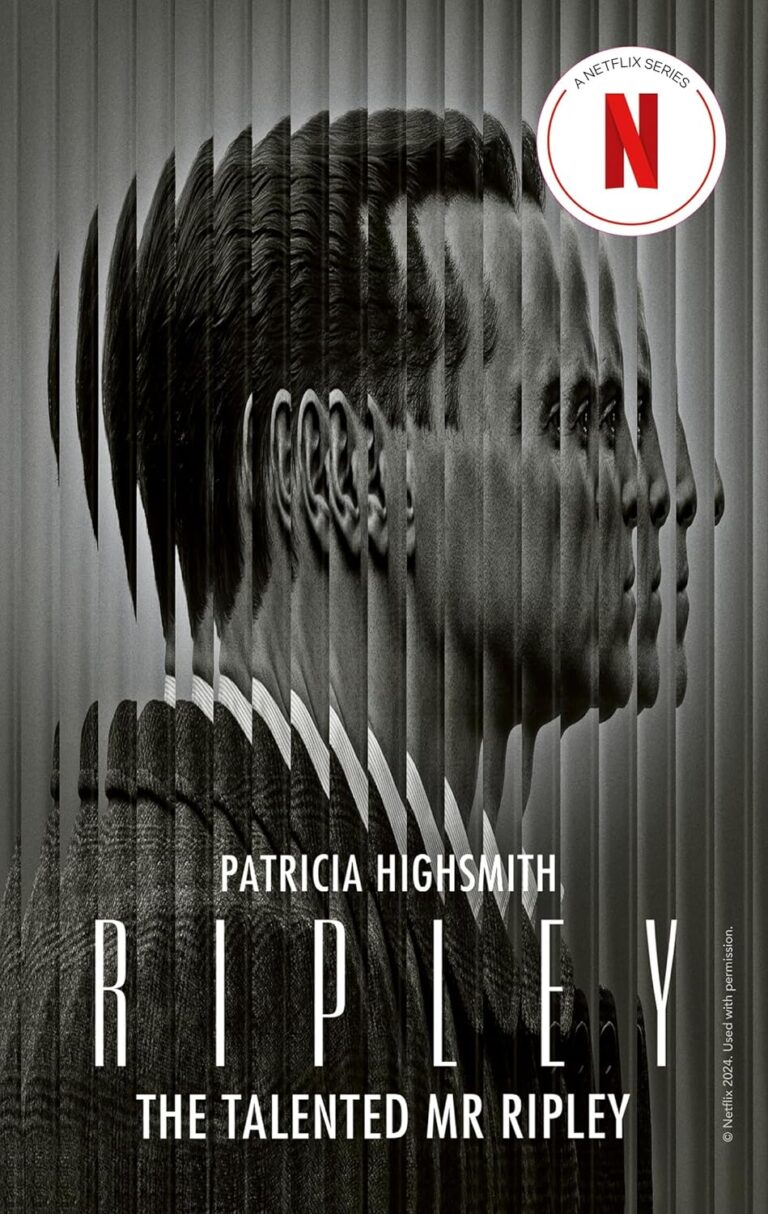
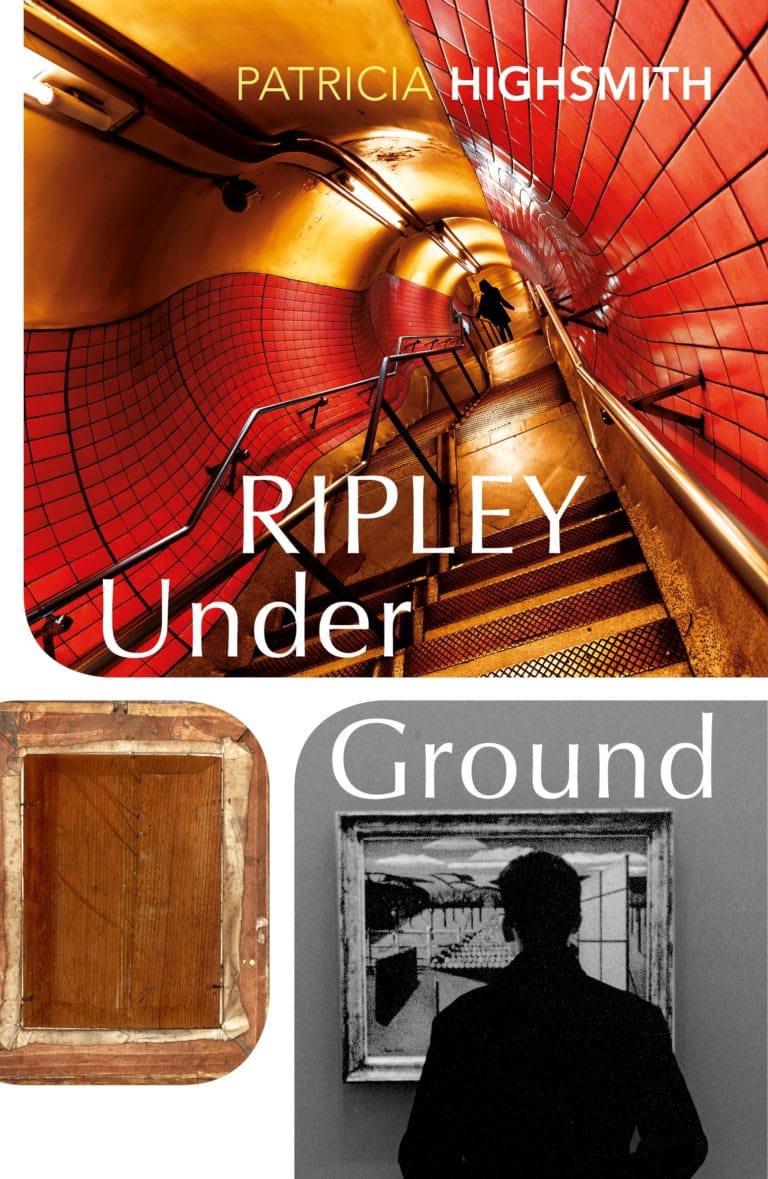
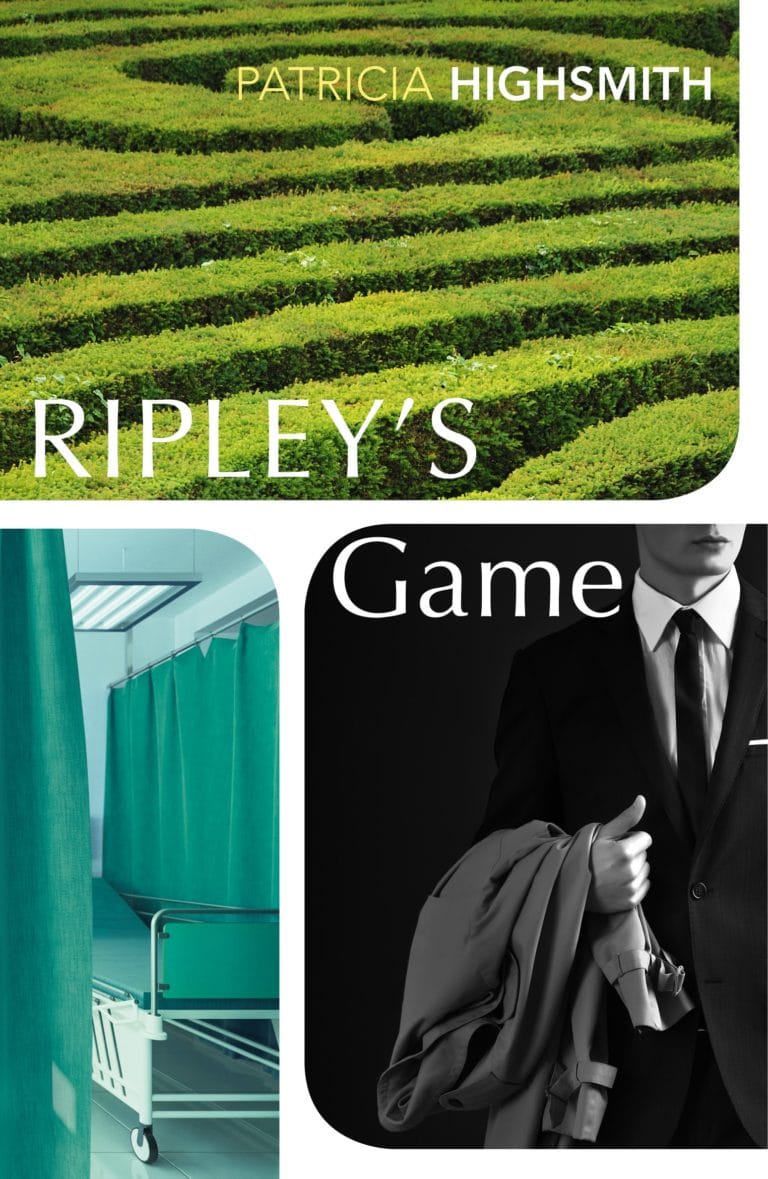
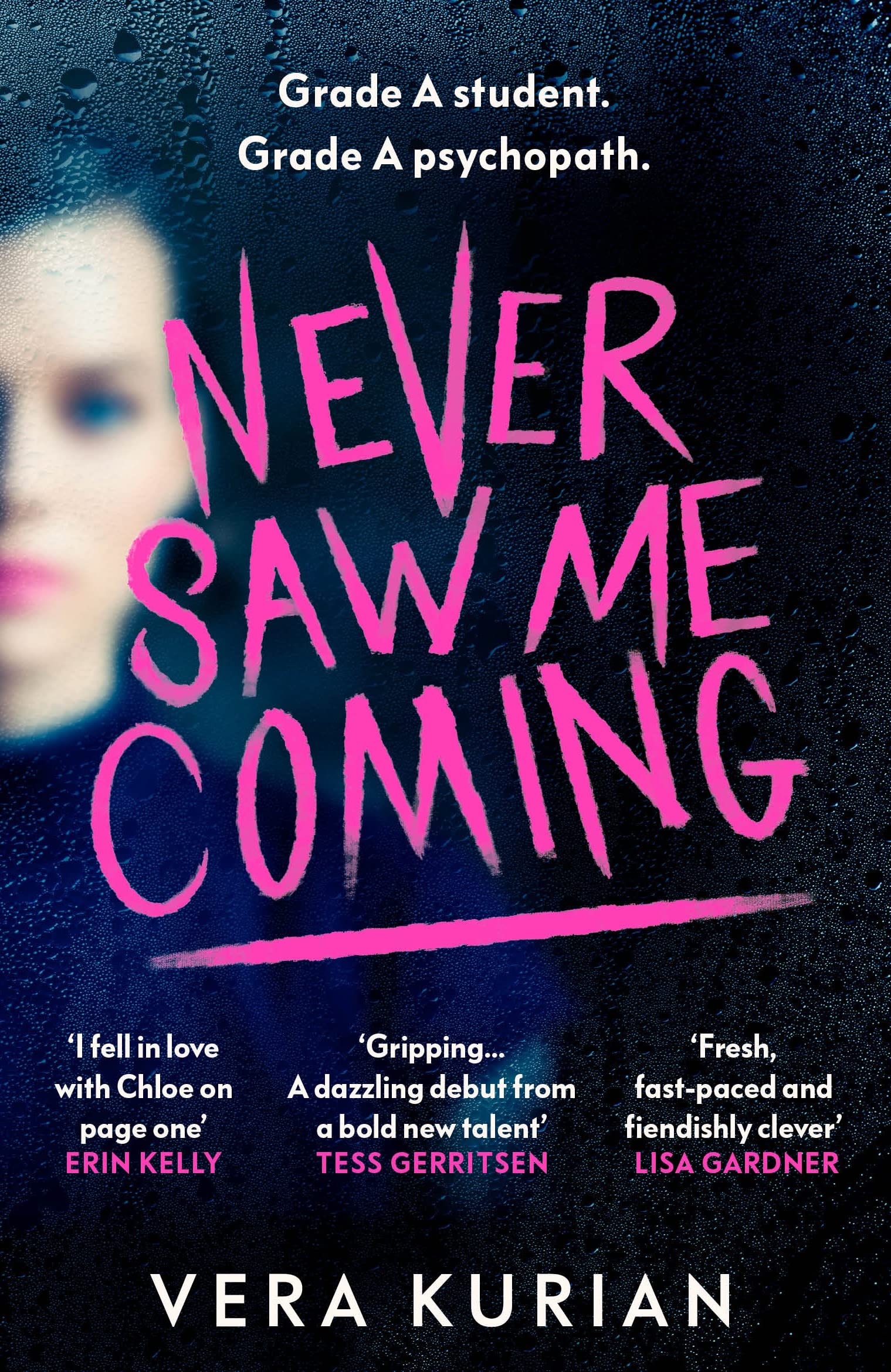

1 Comment
Please note: Moderation is enabled and may delay your comment being posted. There is no need to resubmit your comment. By posting a comment you are agreeing to the website Terms of Use.